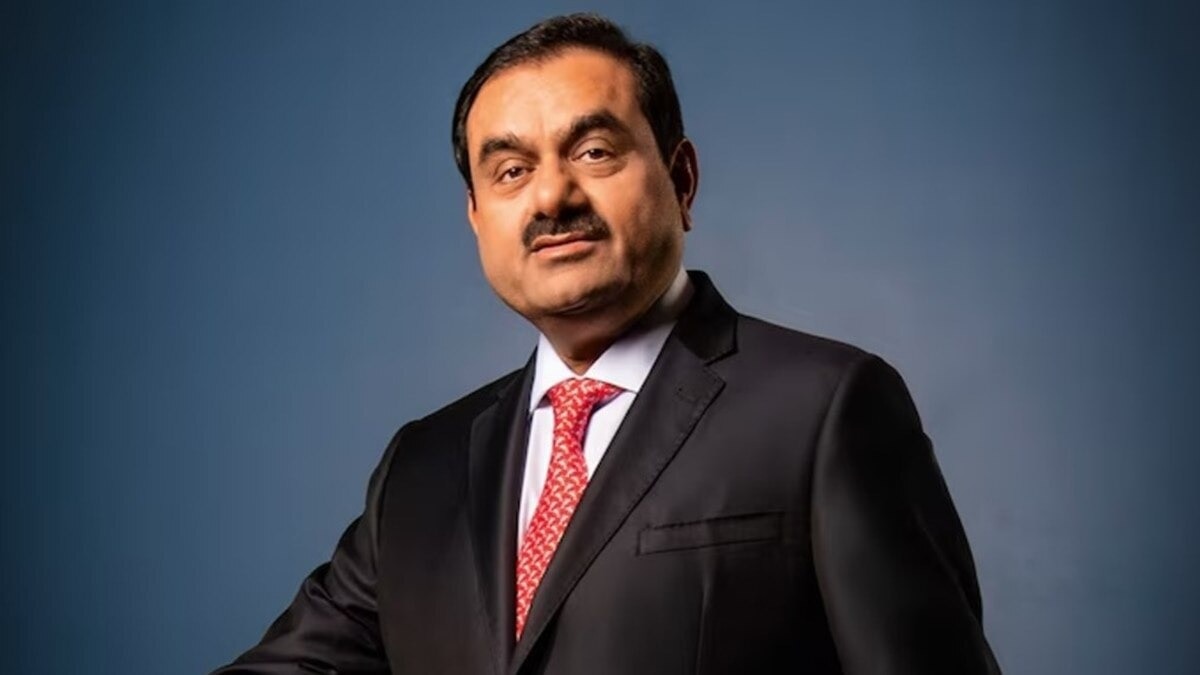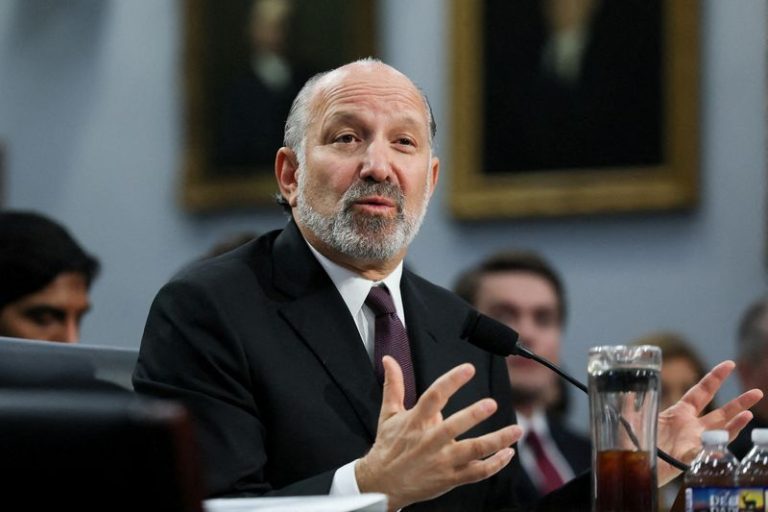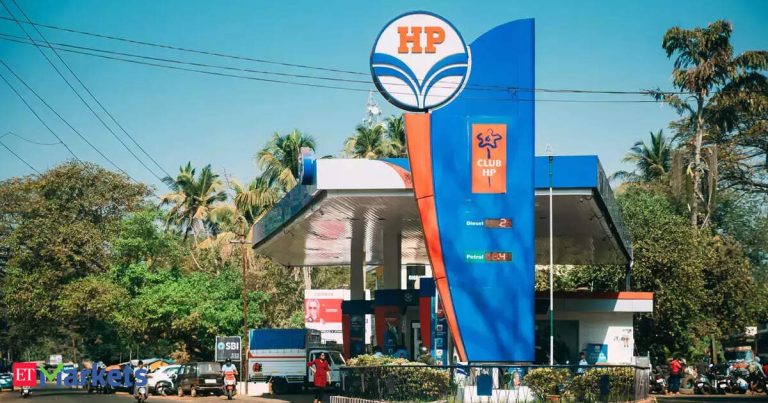In an emotionally charged address at IIM Lucknow, Adani Group Chairman Gautam Adani called on India’s future leaders to become architects of a bold new nation — urging them to choose courage, character, and contribution over comfort, cynicism, and conformity.
Addressing a packed auditorium of students and faculty, Adani reflected on his journey from a 16-year-old diamond trader in Mumbai to helming one of India’s most diversified conglomerates. “My journey has taught me that the future never unfolds as neatly as it appears in classrooms. It is messy, uncertain, and brutal,” he said. “You must be ready not just to follow maps, but to redraw them.”
He shared the backstories of the Group’s defining projects:
Mundra Port, once a marshland, is now India’s largest commercial port. “Maps will only take you where someone has already been. To build something truly new, you need a compass — and conviction was mine.”
Carmichael Mine in Australia, built amid global protests and financing challenges. “The Carmichael project stands not as a monument to coal, but to our resilience.”
Khavda Renewable Energy Park, a desert once deemed uninhabitable, is poised to become the world’s largest single-site renewable energy facility. “Barren is not what is dry—barren is where no dream is sown.”
Dharavi Redevelopment, which he called “the hardest project of all,” is, for him, “not a project of convenience but of conscience.”
“Dharavi is Asia’s largest slum…Every time I fly to Mumbai, the slums below disturb my conscience, as no nation can truly rise when so many of its people live without dignity. Many people told me that Dharavi is too political, risky, and unmanageable, and that is precisely why I said we must do it. Redeveloping Dharavi is not just about laying bricks of yet another slum redevelopment program; it is about rebuilding dignity for those 1 million people who helped build Mumbai, but never benefited from it,” he added.
Looking ahead, Adani said India stands at an inflection point, powered by demographics, demand, digital infrastructure, and domestic capital. “You will not be looking at a five-trillion or 10-trillion-dollar economy. You will be looking at an India that would be a $25-trillion powerhouse by 2050.”
He urged students to be creators, not just consumers. “Question the canvas itself,” he said.
“Let your journey prove that dreams born on Indian soil can shape the world Go. Build. Lead. Roar. India is calling you. India is not a question to be solved,” he concluded. “It is the answer the world is waiting for.”
Adani closed with a stirring call to action: Character over cynicism. Contribution over convenience. Courage over comfort.








